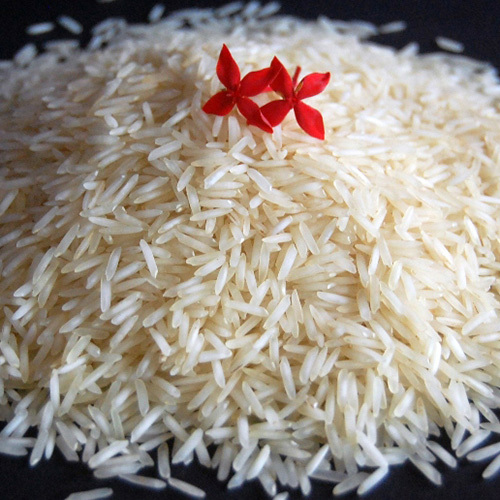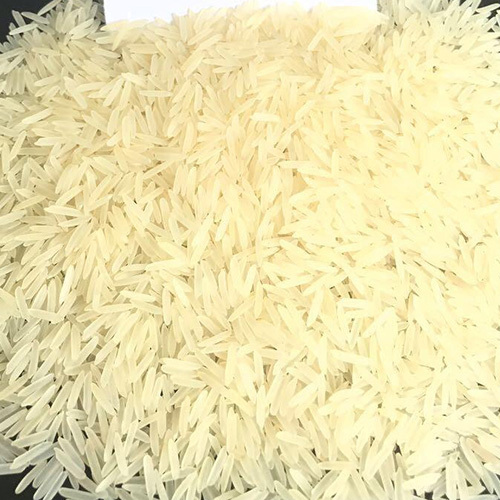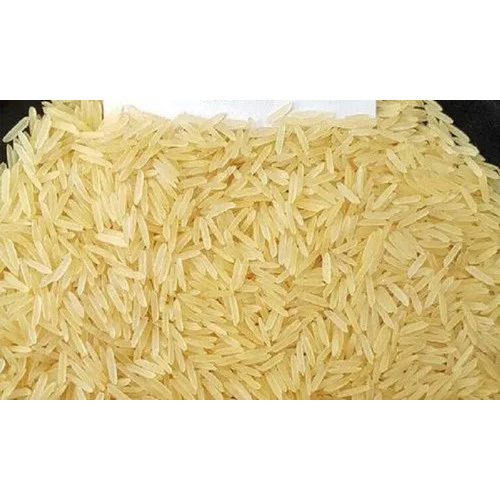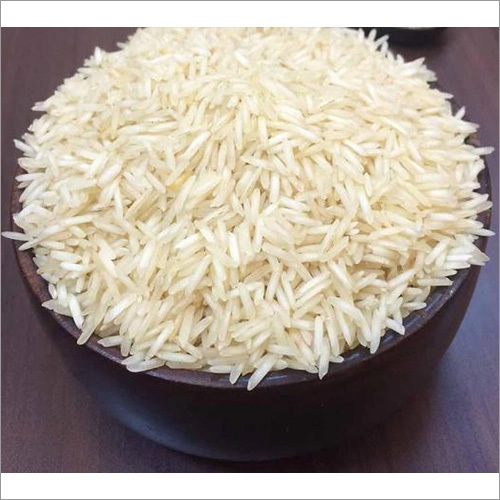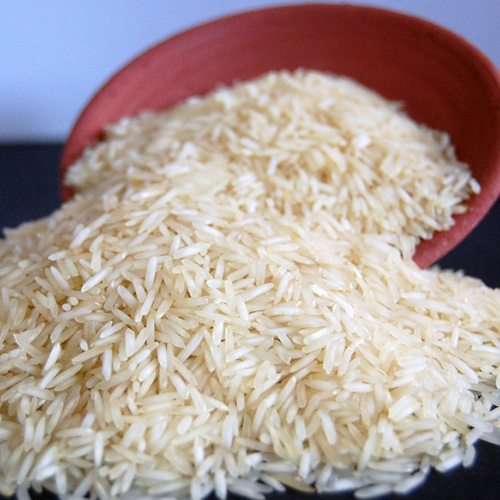Customer Care Number+918017443093 08045813712
White Basmati Rice
90 INR/Kilograms
Product Details:
- Cultivation Type Common
- Style Fresh
- Rice Size Medium Grain
- Purity High
- Moisture (%) Nil
- Click to View more
X
White Basmati Rice Price And Quantity
- 90 INR/Kilograms
- 100 Kilograms
White Basmati Rice Product Specifications
- Fresh
- Nil
- High
- Medium Grain
- Common
White Basmati Rice Trade Information
- Cash Advance (CA)
- 5000 Kilograms Per Month
- 10 Days
- All India
Product Description
White Basmati Rice is a type of white rice. It is more aromatic than plain white rice such as rice used in Chinese and Japanese cuisine, with a slightly nutty perfume. The grains are also longer than ordinary white rice. It is a particularly great choice for rice puddings, pilafs, and side dishes. Basmati rice is nutritionally similar to other types of rice but boasts less arsenic. Its unique taste, aroma, and texture make it a good match for Asian meals.
White Basmati Rice is a type of long-grain rice known for its distinctive aroma and delicate flavor. Some of its features include:
1. Appearance: White Basmati Rice is long, slender, and has a fine grain. It is translucent and has a pearly white color.
2. Aroma: It has a unique aroma that is often described as nutty, floral, and reminiscent of popcorn.
3. Texture: When cooked, White Basmati Rice is light, fluffy, and separate. It is not sticky or clumpy like some other types of rice.
4. Flavor: The flavor of White Basmati Rice is subtle and delicate, with a slightly sweet and nutty taste.
5. Nutritional value: White Basmati Rice is a good source of carbohydrates, vitamins, and minerals. It is low in fat and has a low glycemic index, making it a good option for people with diabetes.
6. Cooking time: White Basmati Rice cooks faster than other types of rice, typically taking around 15-20 minutes to cook.
7. Culinary uses: It is commonly used in Indian, Pakistani, and Middle Eastern cuisines for dishes such as biryanis, pilafs, and curries. It also pairs well with grilled meats and vegetables.
Frequently Asked Questions:
Q: What is the difference between white and brown basmati rice?
A: White Basmati Rice has had the outer bran and germ layers removed, while brown Basmati Rice still has those layers intact. This means that brown Basmati Rice is considered a whole grain and has more fiber, vitamins, and minerals than white Basmati Rice. However, white Basmati Rice has a softer texture and milder flavor.
Q: Is White Basmati Rice gluten-free?
A: Yes, White Basmati Rice is naturally gluten-free, making it a good option for people with celiac disease or gluten sensitivity.
Q: How should I store White Basmati Rice?
A: White Basmati Rice should be stored in an airtight container in a cool, dry place. It can also be stored in the refrigerator or freezer to extend its shelf life.
Q: How do I cook White Basmati Rice?
A: Rinse the rice in cold water to remove excess starch, then add 1.5-2 cups of water for every cup of rice and bring to a boil. Reduce the heat to low, cover the pot, and simmer for 15-20 minutes until the water is absorbed and the rice is tender.
Q: Can White Basmati Rice be used in sushi?
A: While White Basmati Rice has a similar texture to sushi rice, it is not traditionally used in sushi. Sushi rice is a short-grain rice that has a sticky texture, which is necessary for making sushi rolls.

